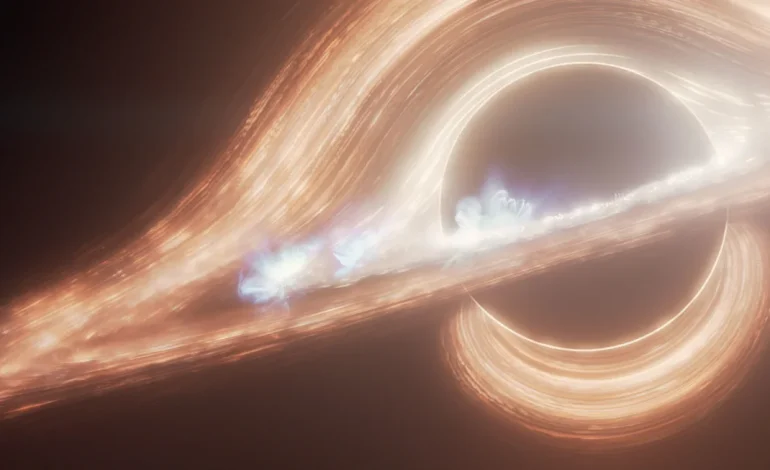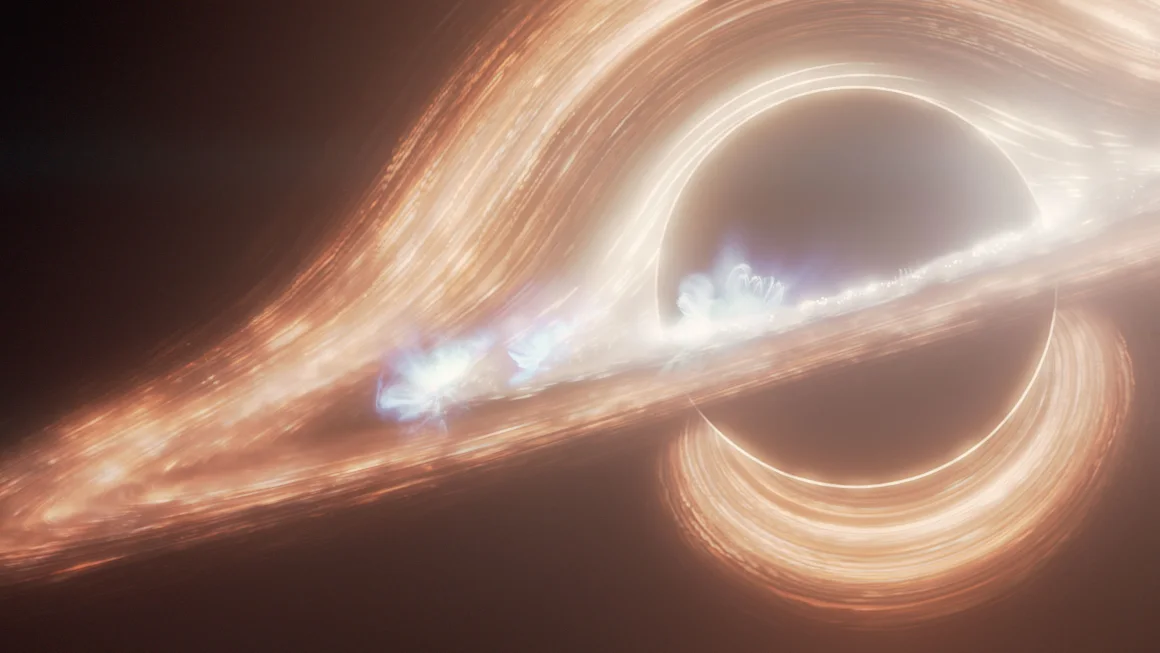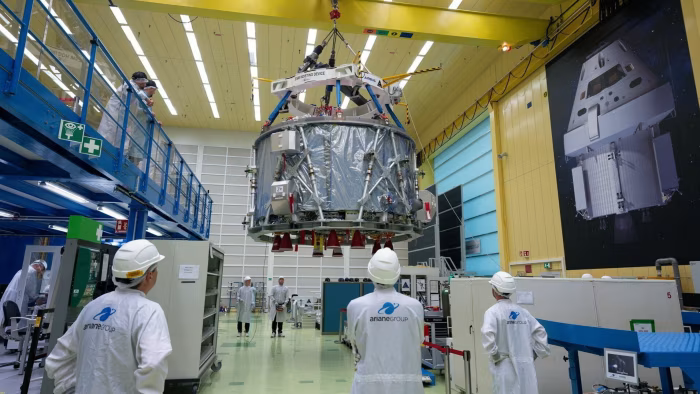James Webb Telescope Spots Dynamic Flares Near Milky Way’s Black Hole

Astronomers using the James Webb Space Telescope have observed constant, rapid-fire flares of light emanating from near the supermassive black hole at the center of the Milky Way galaxy, CNN reports.
These observations, the longest and most detailed look yet at Sagittarius A*, have revealed both seconds-long short flashes and longer, intensely bright flares occurring daily.
The flares originate from the inner edge of the accretion disk, a swirling mass of hot gas and dust orbiting the black hole just beyond its event horizon, the point of no return where gravity prevents even light from escaping. The observations could provide insights into black hole behavior and their interaction with their surroundings.
The strong gravitational pull of black holes draws in gas and dust from nearby celestial objects, forming the rapidly rotating accretion disk. This rapid movement heats the material, releasing radiation and jets of material. These jets and radiation can influence gas distribution throughout galaxies and affect star formation, positioning supermassive black holes as powerful engines at the centers of galaxies.
Researchers observed Sagittarius A* for 48 hours over a year, in eight to ten-hour intervals, employing Webb’s Near-Infrared Camera to monitor the black hole’s activity. They identified five to six large flares daily, alongside smaller flashes of light. The variability in activity is believed to be caused by the random flow of material into the accretion disk. Short bursts of light may arise from minor, turbulent fluctuations within the accretion disk compressing hot, energetic gas. Longer, larger flares could be triggered by magnetic reconnection events, where colliding magnetic fields release energetic particles moving at near-light speed.
The Webb telescope’s capabilities allowed the team to observe the black hole’s flaring across two different wavelengths of light simultaneously. The shorter wavelength changed in brightness just before the longer wavelength, suggesting that particles lose energy more quickly as they spiral around magnetic field lines.
Although the black hole exhibited unusual activity in 2019, new data suggests it got about half as bright in the new data as it was then. The new study confirms the black hole has “non-stop variability,” with previous research and data from other observatories complementing these findings. There is hope to try to connect these different data sources together to form a fuller picture of the physics of the environment around the supermassive black hole.
Some researchers suggest that enormous flares with intensities far greater than what has been observed in the last quarter-century may have occurred in the last few hundred years. The source of these flares remains unknown, but one possibility is the black hole consuming a planet.
Although solar storms on the sun can potentially affect GPS, communications, and power grids on Earth, the activity of the Milky Way’s central black hole, located 25,000 light-years away, poses no threat to our planet.
The observations enable researchers to understand the kinds of “storms” generated as matter is compressed and heated near black holes. These “fireworks” can significantly impact the evolution of galaxies, either promoting or hindering star formation on large scales, as well as removing gas and clearing out galaxies, which ultimately affects their ability to form stars.
Researchers plan to observe Sagittarius A for an uninterrupted 24 hours to confirm that the black hole was not experiencing an unusual spike in activity and to determine whether the flares exhibit any periodicity.







